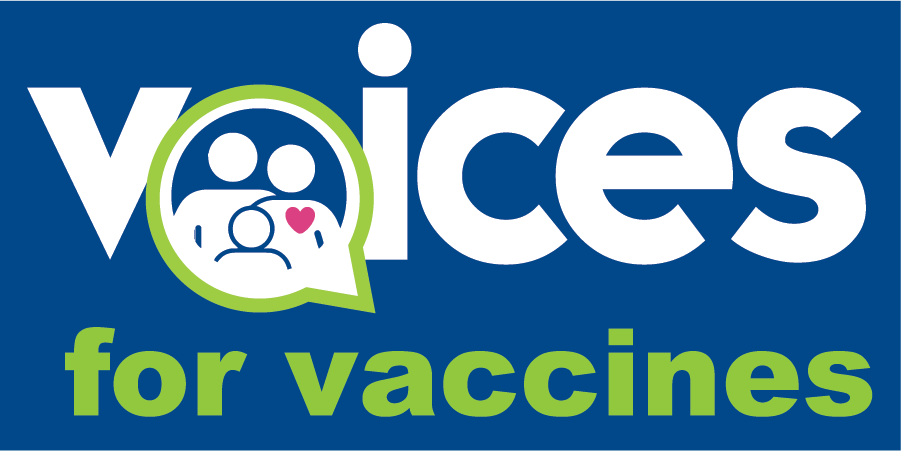The Claim:
Anti-vaxxers are claiming that a Cleveland Clinic study proves that COVID vaccination puts people at greater risk for catching COVID.
The Facts:
The study looked at whether people who are “up-to-date” on their COVID-19 vaccines (meaning they got at least one dose of the new COVID-19 bivalent vaccine) are less likely to get COVID-19 compared to those who are not “up-to-date.” They studied employees of the Cleveland Clinic during the time when a new version of the COVID-19 virus (XBB lineages) was common.
However, it looks like many people haven’t read the whole study. What it really found was that the bivalent COVID-19 vaccine actually lowers the risk of infection.
The misunderstanding comes from misreading the figures contained in the study. This is called a Table 2 fallacy. Often, epidemiologists need to pool together data to come up with an estimate of risk, known as an adjusted effect estimate. A Table 2 fallacy results from multiple adjusted effect estimates from a single model presented in a single table. Problems arise when different types of estimates are presented on the same table. This fallacy is like saying that carrying a lighter makes you more likely to get lung cancer, without considering whether the person smokes. In studies, it’s important to adjust for the right things.
For the Cleveland Clinic study, when the last dose was given to someone is more important than just counting how many doses they had. You can’t conclude from the data that more vaccine doses leave one more susceptible to COVID, but you can conclude that the booster was associated with reduced COVID risk.
The actual results of the study conclude that “the bivalent COVID-19 vaccine booster was 30% effective in preventing infection, during the time when the virus strains dominant in the community were represented in the vaccine.” Additionally, another study in the New England Journal of Medicine also showed that the bivalent booster did work: 59% effective against hospitalization and 62% against hospitalization or death.


